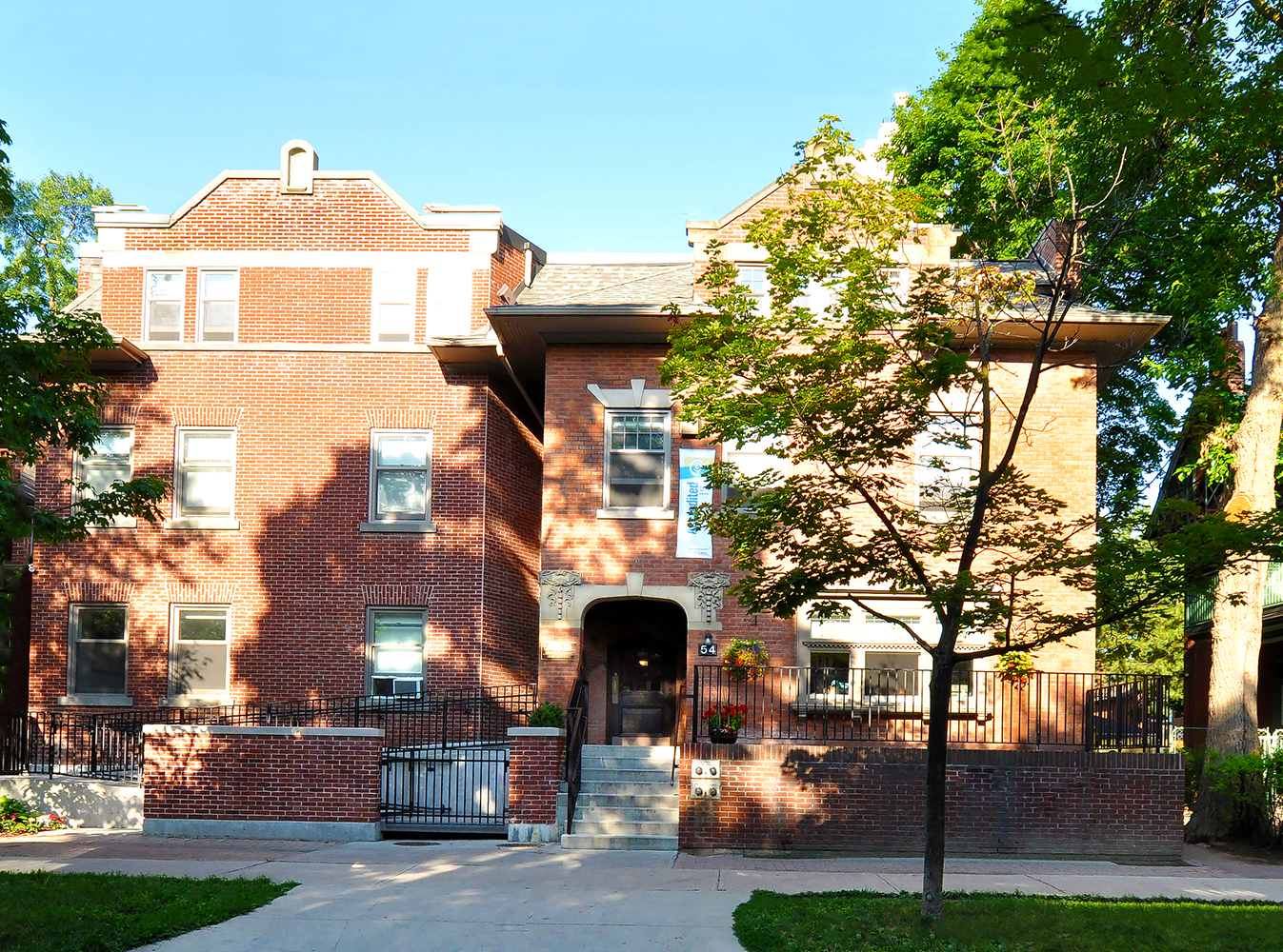For many, the journey to recovery from alcohol, drugs and harmful behaviours includes learning about the Twelve Steps of recovery. Set out in the Big Book of Alcoholics Anonymous in 1939, the 12 steps may seem very simple. In reality, they set out a blueprint for a new way of life that is accessible to everyone, yet rich and deep. It’s hard to say why exactly the 12 steps of recovery work so well for so many people, but perhaps it’s because practicing the Steps is a lifelong journey towards self-improvement; devoting one’s life to being a better person is at the very least a distraction from the lure of drugs and alcohol, which certainly didn’t do much to improve our lot in life!
The 12 Steps of AA
It’s normal to experience hesitancy when learning or doing the 12 Steps. At Renascent we are here to help you understand and guide you.
Step 1
We admitted we were powerless over alcohol – that our lives had become unmanageable. The principle behind this step is Honesty. No one likes to admit that they have a problem with mind-altering substances or compulsive behaviours; taking this step is essential to accepting help.
Read more about how you can participate in Step 1
Step 2
Came to believe that a Power greater than ourselves could restore us to sanity. The principle behind this step is Hope. Having admitted honestly that there is a problem, which for many of us seemed impossible to solve by any means we had heard of or tried, we must hope that somewhere, a solution does exist.
Read more about how you can participate in Step 2
Step 3
Made a decision to turn our will and our lives over to the care of God as we understood Him. The principle behind this step is Faith. Though we had no proof except for witnessing others who had recovered successfully, we had to ‘act as if’ there were some kind of Higher Power or force of good, orderly direction that could help us.
Read more about how you can participate in Step 3
Step 4
Made a searching and fearless moral inventory of ourselves. The principle behind this step is Courage. Many were afraid to rehash the past with a written inventory, but when we saw others proceed in the face of fear, we received the courage to complete the fourth step.
Read more about how you can participate in Step 4
Step 5
Admitted to God, to ourselves and to another human being the exact nature of our wrongs. The principle behind this step is Integrity. We could not continue to hide from the world, pretending we had done no wrong; we had to admit that we, like those we resented, were human and fallible. Paradoxically, rather than being a sign of weakness, admitting our faults proved to be a sign of strength.
Step 6
Were entirely ready to have God remove all these defects of character. The principle behind this step is Willingness. Though we might not have known who we were without the defects of character that had helped us cope through difficult circumstances, we were willing to move past them and seek our true potential.
Step 7
Humbly asked Him to remove our shortcomings. The principle behind this step is Humility. We had to realize we didn’t necessarily have the power to just reinvent ourselves, by ourselves; especially in the case of persistent behaviours we wanted to be free of, like selfishness and dishonesty, we had to have outside help.
Step 8
Made a list of all persons we had harmed, and became willing to make amends to them all. The principle behind this step is Love. Even though people had hurt us, we were willing to admit our wrongdoing and let theirs go.
Step 9
Made direct amends to such people wherever possible, except when to do so would injure them or others. The principle behind this step is Discipline. Nothing builds character like actually owning up to your mistakes.
Step 10
Continued to take personal inventory and when we were wrong promptly admitted it. The principle behind this step is Perseverance. Life isn’t always easy, and it happens every day, but we persist in walking the path we believe to be right.
Step 11
Sought through prayer and meditation to improve our conscious contact with God as we understood Him, praying only for knowledge of His will for us and the power to carry that out. The principle behind this step is Awareness. We are no longer alone in the universe, and we continue to awaken to the knowledge that everyone and everything is connected.
Step 12
Having had a spiritual awakening as the result of these steps, we tried to carry this message to alcoholics and to practice these principles in all our affairs. The principle behind this step is Service. Many of us were takers before coming into recovery; we now unselfishly give back to others what was so freely given to us.
Your Road to Recovery starts here, talk to an addictions counsellor who understands where you’ve been. At Renascent we implement the 12 Step program in our treatment and never turn anyone away if they can’t afford treatment.
Contact us for a free and confidential consultation.


Thank you for this perfect example of the steps and principles I was looking for to share with my Sponsee and a refresher for myself of course the best part of this program and recovery. Amen Gina Bosic